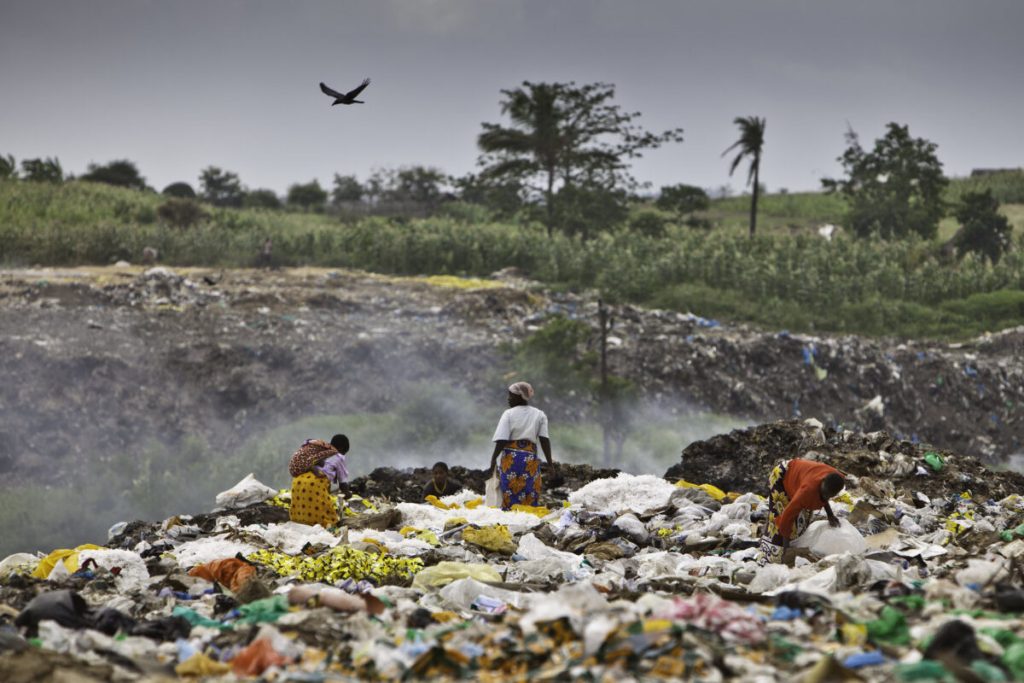See All Key Ideas
When Tiwonge Mzumara-Gawa was a child, her mother sent her to market with a basket woven from grasses. “But now we don’t do that,” she says, because plastic has taken over most utilitarian purposes in today’s Malawi. “You go and you get a plastic carrier, and they’re usually not reusable plastics.”
In many Malawi communities, and across poorer nations worldwide, there is no waste collection or proper disposal. Instead, families faced with an onslaught of cheap plastic products — including single-use bags, bottles and diapers — commonly burn the waste in pits beside their homes.
With a growing number of developing-world communities living beneath a pall of toxic petrochemical plastic smoke, Mzumara-Gawa is sounding the alarm. Now an ecologist at the Malawi University of Science and Technology and an environmental advocate with the NGO Tearfund, she says the widespread open burning of plastics is taking an increasingly heavy public health and environmental toll that is largely being ignored.
Experts warn that many communities are resorting to the burning of plastic waste in households as fuel, while burning by industry to make energy is also becoming common. Add to this the vast volume of plastic waste dumped by the Global North on the Global South — waste that often ends up being incinerated without pollution controls.
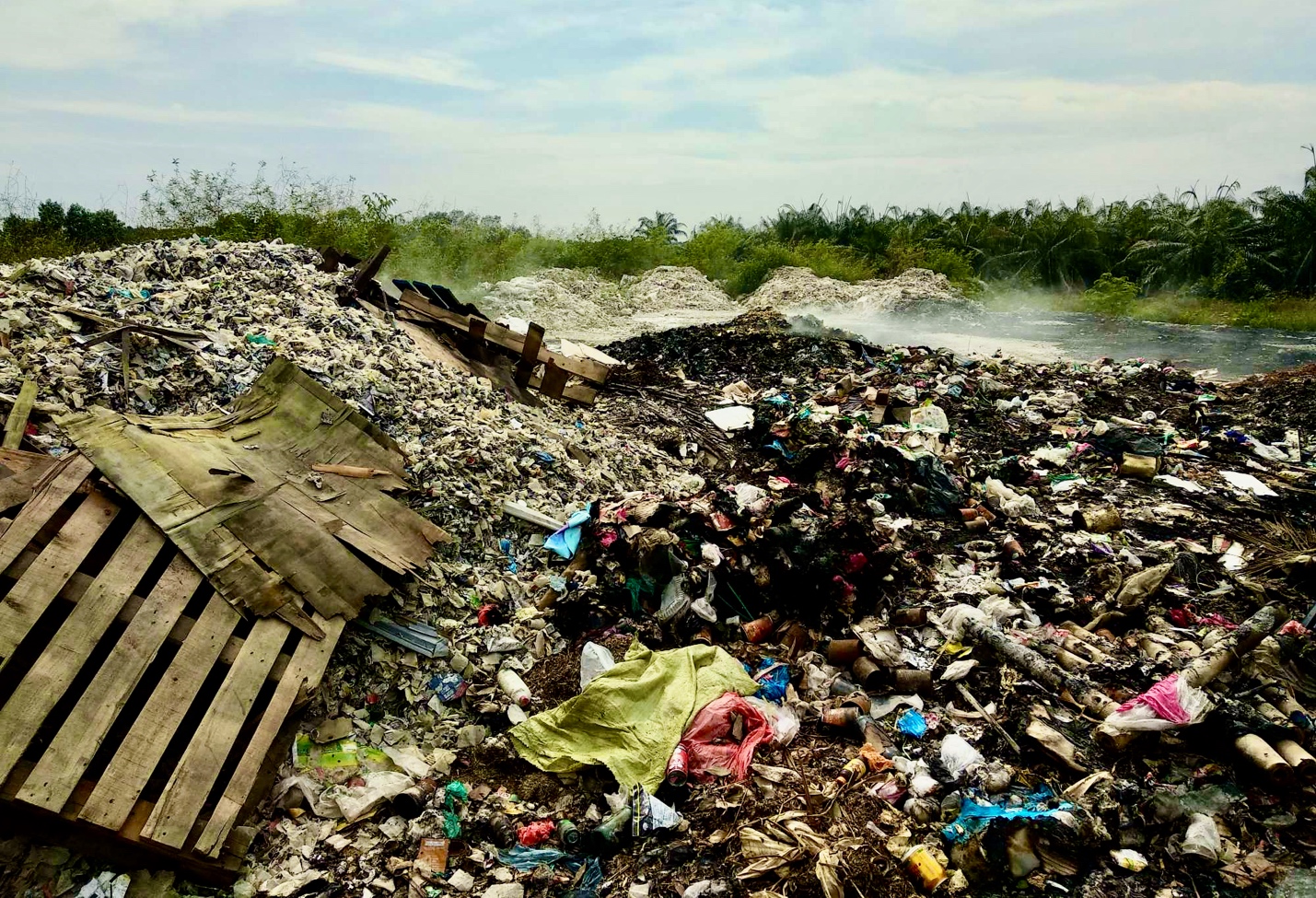
“Burning plastic is not just a problem for Malawi, but for many developing countries it is a large aspect of their waste management,” Mzumara-Gawa says. “We know it has health implications, and we cannot have that still happening.”
Smoke and the toxins released when plastic is burned vary in their deleterious effects, depending on the type of plastic, but known health impacts can include respiratory and cardiovascular conditions, birth defects and cancers, while the chemical additives plastics contain can affect the endocrine, reproductive and neurological systems.
Now, with U.N. global plastic treaty negotiations set to resume in Geneva, Switzerland, in early August, experts warn that overproduction of plastics and their export from the Global North (as both products and waste) is driving a largely unaddressed planetary environmental health crisis, especially in the Global South.
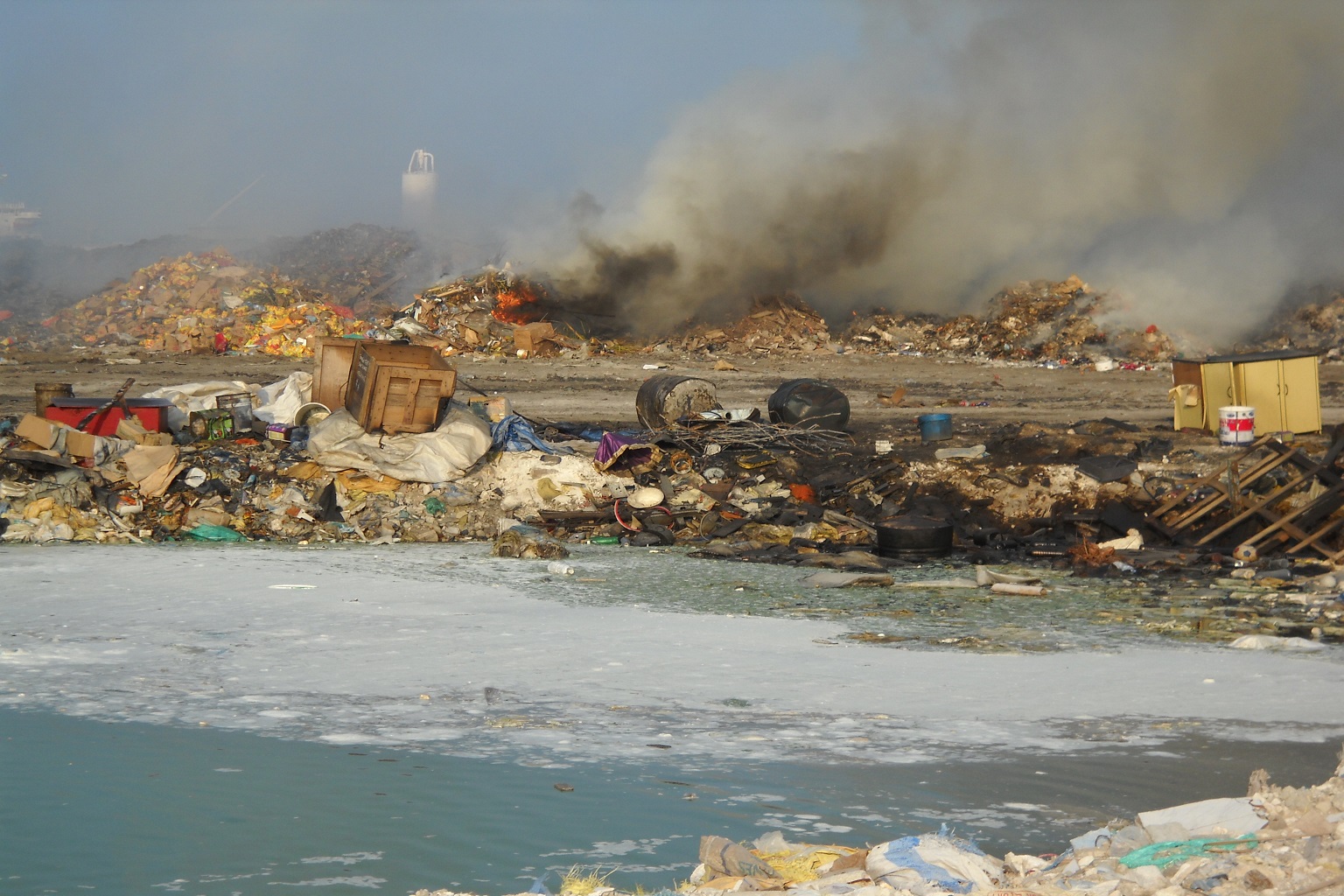
Plastic waste spiraling out of control
Open burning of plastic waste is a vastly underestimated problem, says Gauri Pathak, who co-authored a 2024 paper defining open burning as an urgent global health issue. Today, roughly 2 billion people worldwide lack access to waste collection services. With little recourse to rid their communities of toxic-laden plastic waste, the only solution for poorer, underserved neighborhoods is to burn it.
“[A] lot of waste that is burned in the open … is not accounted for,” Pathak says. “What ends up happening is that what can be recycled, and what is economically viable for recycling, will be recycled. But a lot of the other stuff will oftentimes get burned.”
More than 400 million metric tons of plastic is produced annually, an amount expected to soar in coming years. But only a fraction — 10% or less — is ever recycled. Much is dumped into landfills or the general environment, while a large portion is disposed of via poorly controlled incinerators, as household or industrial fuel, or by open burning. According to the U.N. Environment Programme, about 17% of plastic waste globally is incinerated.
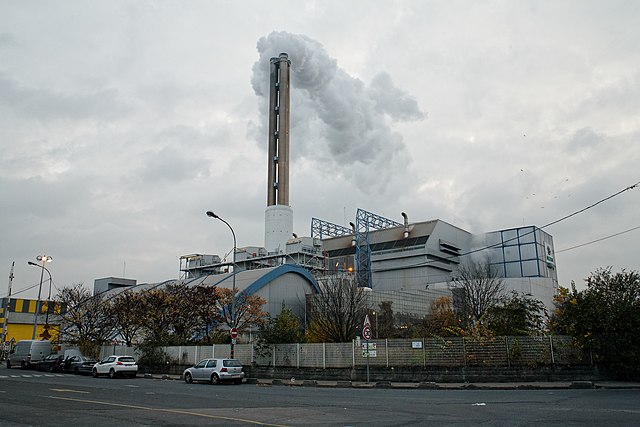
“In the Global North, incineration is a very cheap, and I suppose you could argue, an effective method of disposing of plastic waste. And it’s often used to generate energy,” says Cressida Bowyer, deputy director of the Revolution Plastics Institute at the University of Portsmouth, U.K. “We can burn waste and we can get energy, but actually, it’s dirtier than burning coal.”
A study published in 2024 estimated that around 30 million metric tons of plastic was burned in homes, streets or dumpsites globally in 2020, posing a “substantial” threat to human health. In the wake of that study, critics argued that the paper ignored the impact of “waste colonialism,” the shipping of plastic waste from the Global North to the Global South. This waste is often counted by exporting nations as “recycled” material, but upon arrival in poorer nations, much of it gets burned or dumped into the environment.
After China banned the import of plastic waste in 2018, vast streams of waste flowed from industrialized nations to other Asian countries, including Indonesia, Vietnam and Malaysia. Overwhelmed by a flood of plastic trash, Malaysia banned the import of plastic waste from the United States in July 2025.
The European Union ships around 50% of its plastic waste abroad, much of it heading to Turkey. Once plastic reaches less-developed nations, recycling rates are extremely low. Reports have found that illegal dumping and burning are rife.
A 2024 paper reported masses of imported plastic waste piling up in Minh Khai, Vietnam, supposedly a recycling hub. While a large portion of that plastic trash will eventually be disposed of somewhere in the local environment, some high-quality plastics are melted down into reusable pellets in small makeshift shops, releasing noxious fumes into the atmosphere and polluting surrounding neighborhoods.
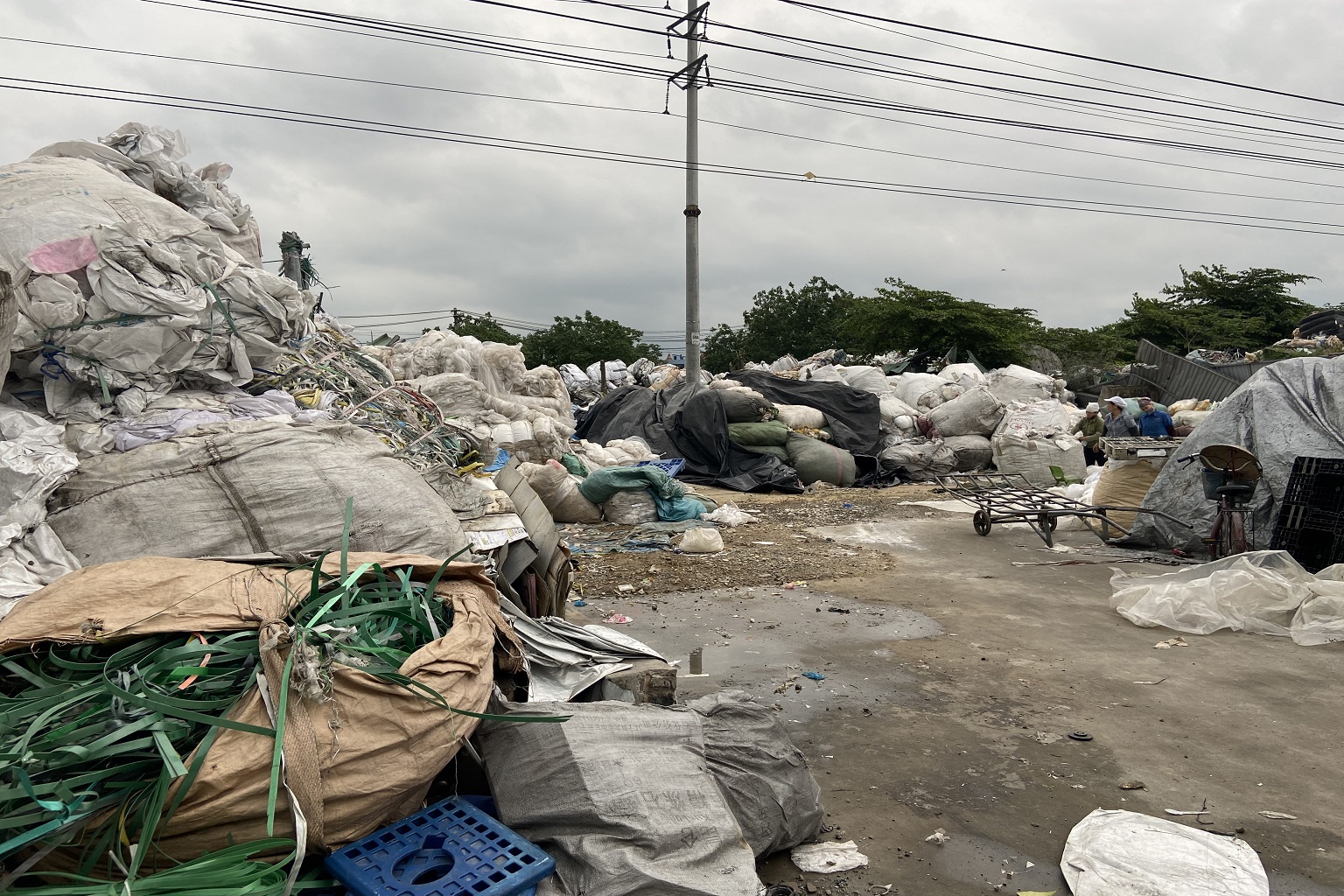
“There are no environmentally safe procedures [in these shops] and you [can] smell the burning plastic in the air,” says Kaustubh Thapa, a researcher at Radboud University in the Netherlands. “People live in this atmosphere of burnt plastic, and wastewater treatment was not a priority. It was just being dumped untreated. But it is a source of livelihood for local people.”
Another common but poorly documented practice is dubbed “refuse-derived fuel” (RDF), where mixed plastics and other waste, known as “fluff,” are fed into cement kilns and burned in a highly polluting energy strategy. IPEN, an NGO dedicated to a toxics-free future, has tracked this issue, and found it to be a widespread way of circumventing plastic waste trade bans.
“The [plastic waste] trade is going on … But the destinations, the volumes and the movements from north to south or otherwise, are very difficult to monitor, because of the problems with tracking,” Thapa says. “What we’re seeing is … limited international trade occurring, but that there’s massive development on the ground in most countries of RDF. Every country that we’ve investigated is beginning, or is well into its journey, [of] developing domestic RDF activity.”
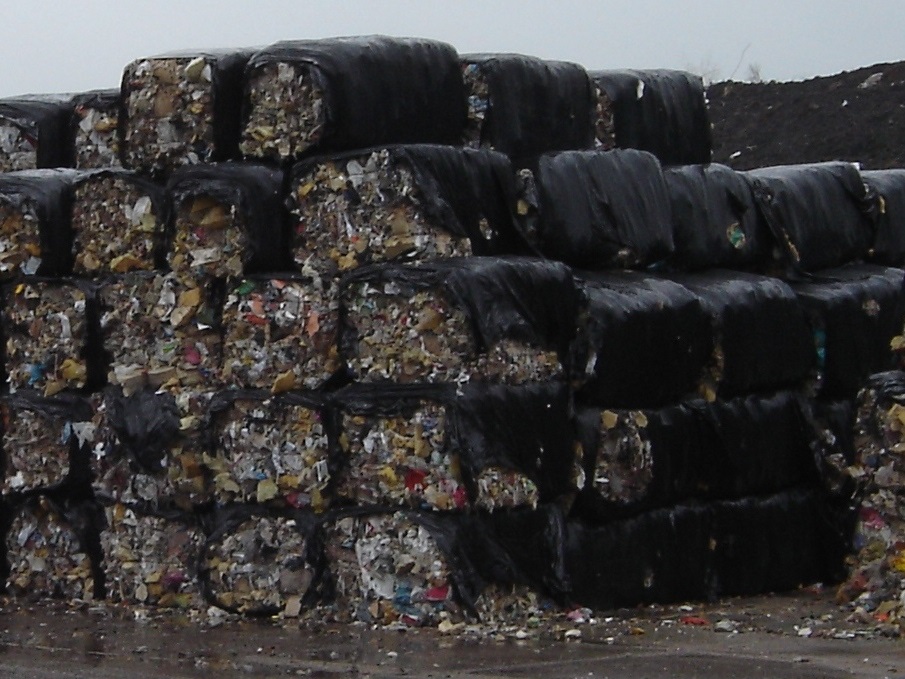
In Indonesia, for example, cheap imported plastic is burned as fuel to produce tofu by businesses. Haryani Saptaningtyas, a lecturer at Sebelas Maret University, says plastic is also burned to provide energy by Indonesia’s limestone industry. “In the past, they used wood, but currently they use plastic because it is cheaper.”
That’s a significant cause for concern, says Lee Bell, an IPEN technical and policy adviser, as these energy units are not equipped to control the noxious emissions and contaminants.
“There [are] levels of problems associated with exporting plastic waste and how it’s managed,” Bell says. “The worst-case scenario tends to be open burning. The next worst is this informal burning for industrial purposes. The next worst then becomes things like cement kilns and incinerators.”
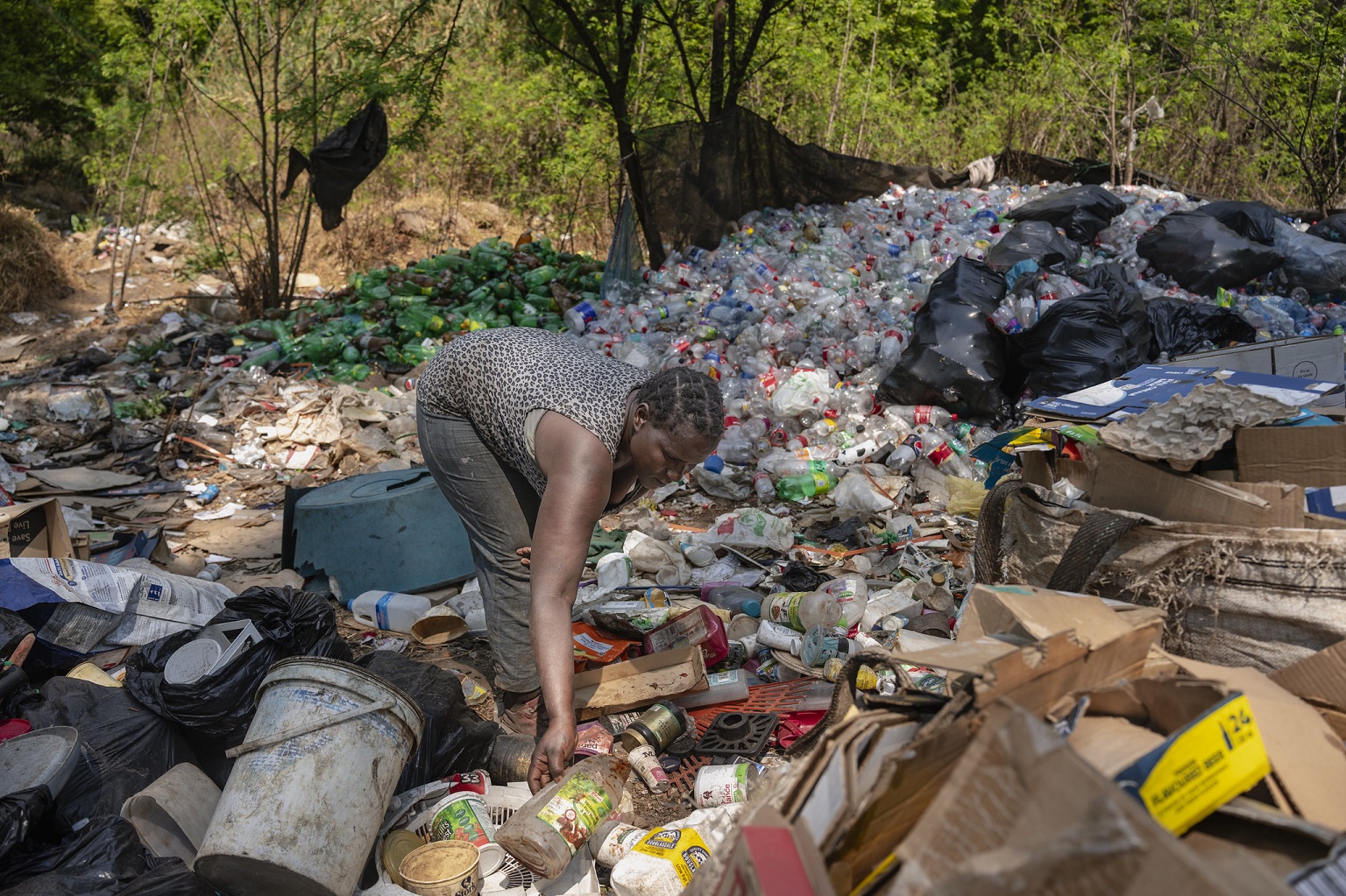
Burning at home out of necessity
Open burning of plastic is now a common activity for communities without access to waste management services. But motivations for burning plastic are wide ranging and troubling, say experts. At the household and community level, it’s mostly done to rid the environment of trash in the absence of other solutions.
But also prevalent in some homes and neighborhoods is the burning of plastic as fuel. Researcher Bishal Bharadwaj, at the University of Calgary in Canada, notes that plastic as a primary fuel source is a growing concern in marginalized Global South communities, particularly for those living in urban “slums.”
Bharadwaj says burning in “unseen communities” is flying under the radar of development agencies, and remains a poorly understood, understudied, and likely underestimated problem.
A long-running project in Guatemala found plastic bottles now frequently replace wood kindling as fire starters in marginalized Indigenous communities. “As forests are deforested it becomes harder to find kindling, and plastic burns fast and hot,” explains Lisa Thompson, a professor at the University of California, San Francisco.
A survey of 1,500 households, conducted as part of the Guatemala study, found that 60% of those questioned use waste and plastics in household cooking stoves as fuel, with women and young girls being among the primary respondents. “Plastic is a cooking fuel problem, not just a garbage contamination problem,” explains Thompson.

In Ghana, Jacob Johnson Attakpah, a project manager at the Green Africa Youth Organization, found rampant open burning of plastic waste, primarily to manage garbage. “Waste is a menace that is physical. People see it and [it] becomes an eyesore,” he says; so they burn trash to make it disappear. At the household level in Ghana, plastic is also sometimes used in combination with traditional fuels as a fire starter.
In Indonesian communities, plastic is often burned along with other waste to create clouds of dense toxic smoke to ward off disease-transmitting mosquitoes. Likewise in Guatemala, where people burn plastic bottles to destroy mosquito breeding grounds — ironically, exchanging one public health risk for another.
Unfortunately, burning plastic doesn’t extinguish the trash problem. The ash left behind can easily contaminate local soils or waterways. In Indonesia, some community members use burned plastic ash as a fertilizer, says Pathak, toxifying food crops.
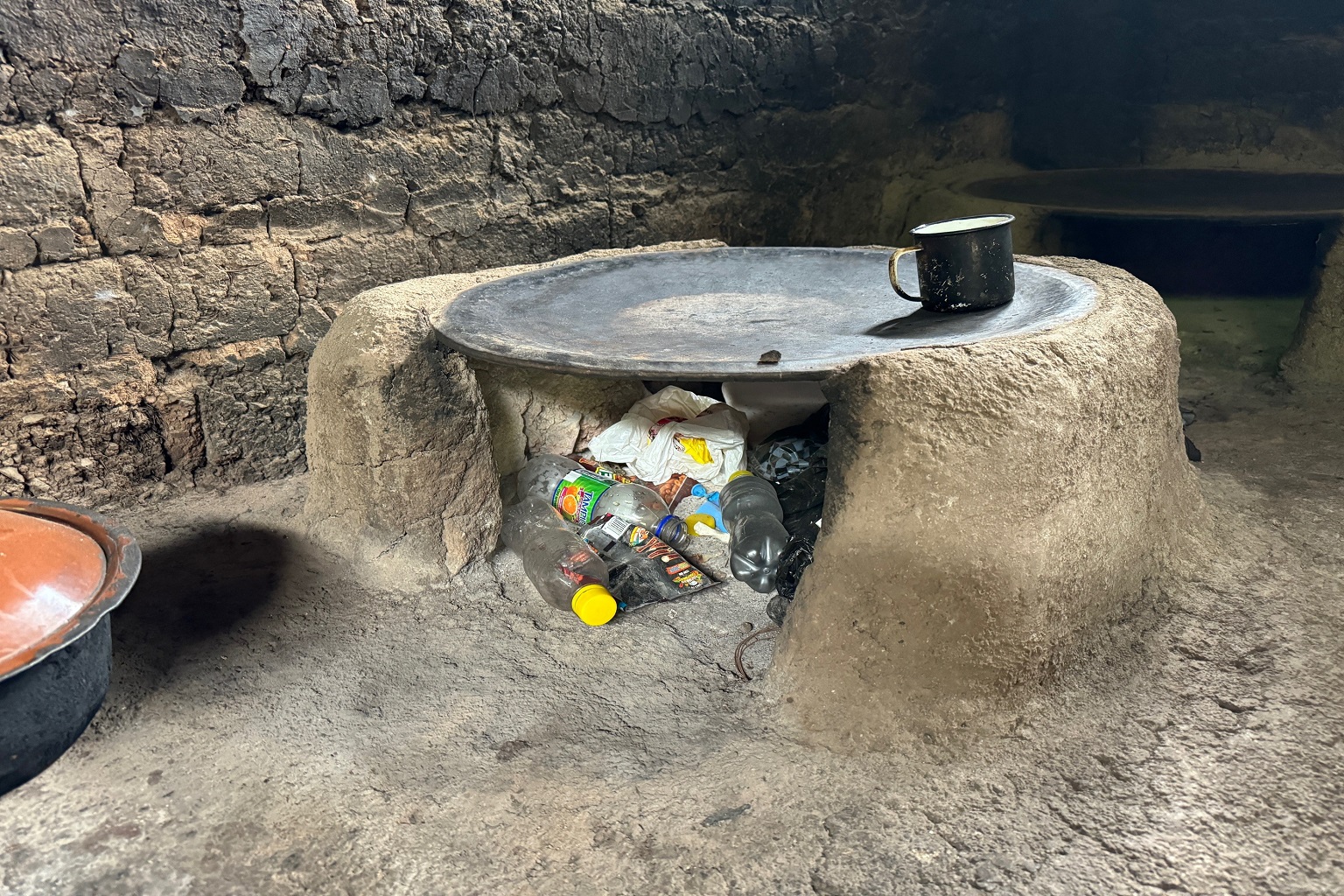
Poorly documented health and environmental toll
Open burning of plastic can contaminate both outdoor and indoor environments. When set afire, petrochemicals and their additives release numerous dangerous toxins into the air, along with fine particulate matter — a driver of millions of air pollution deaths annually.
“Indoor air pollution from burning plastics leads to elevated risks of respiratory infections, chronic obstructive pulmonary disease, and other life-threatening conditions,” reads a 2025 paper by Bowyer. She also led a study in Kenya that found increased risk of respiratory issues among children living near waste incineration sites.
“The problem with a lot of these toxicants in plastics is that they have cumulative and longer-term health effects,” Pathak says — effects that are harder to document, but no less dangerous. When burned in the open or in landfills near residential communities, plastic toxins easily enter soils and the food chain.
Chicken egg sampling studies done near an Indonesian plastic-burning tofu factory detected the second-highest levels of dioxin contamination recorded in Asia. (Dioxins are among the deadliest of all poisons, causing cancer, developmental issues, and immune system damage.) The egg research also identified a range of hazardous chemicals regulated under the Stockholm Convention on Persistent Organic Pollutants. Similar studies have found contaminated eggs near plastic and waste burning sites in Kenya, Tanzania and Nigeria.
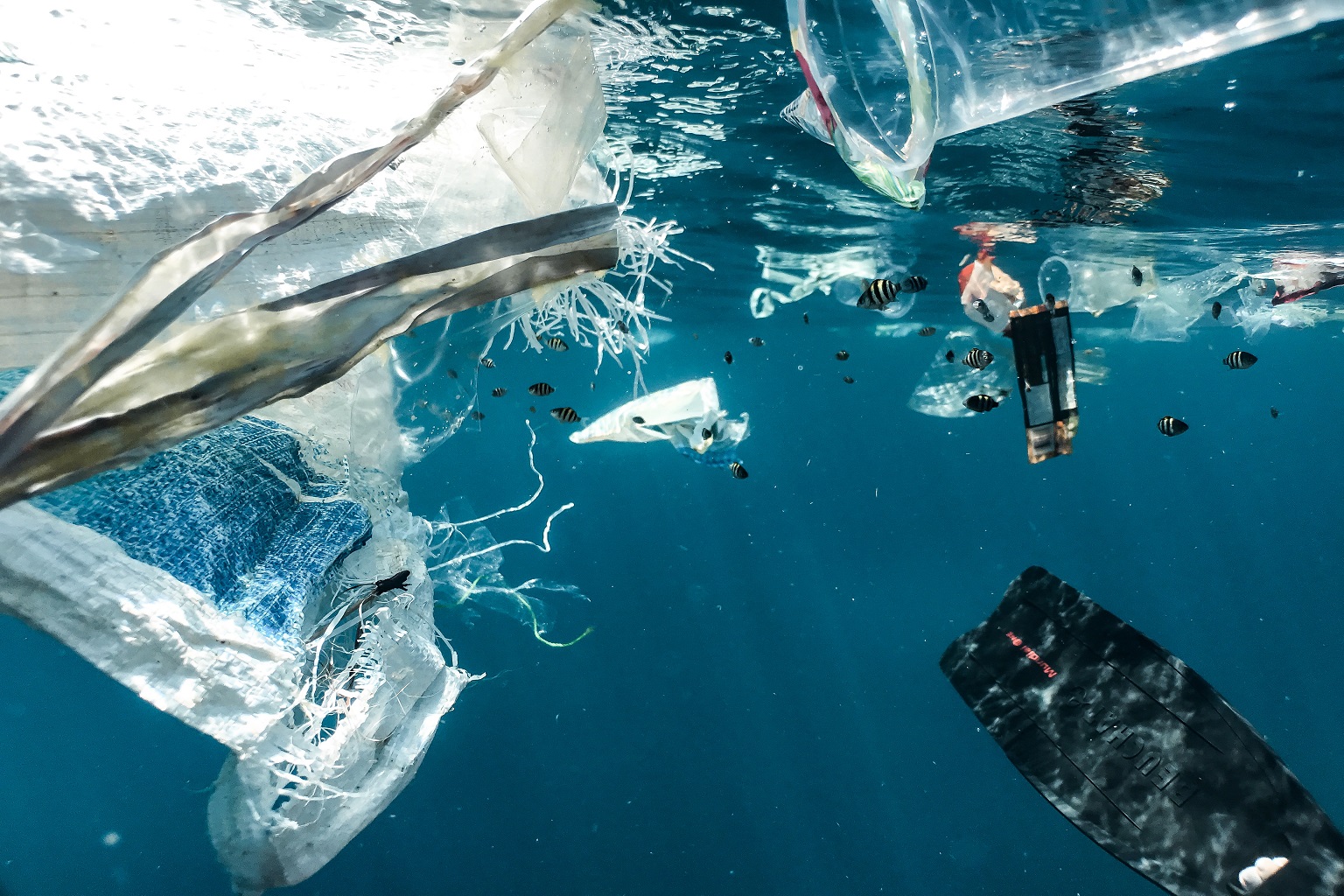
The global human health impacts of plastic waste due to open burning is largely understudied, say experts, while environmental effects have also been poorly researched. But it is known that plastics are essentially solid fossil fuels. So when they burn, they not only release toxic chemicals but also potent greenhouse gases.
Research estimates from Guatemala, for example, found that open burning generates a heavy environmental toxic load, contributing as much as 24% of the black carbon, 23.6% of PM2.5 fine particulates, and 2.4% of CO2 to the nation’s total emissions.
Extrapolating those findings across Latin America, Asia and Africa, where plastic burning is common, scientists believe significant amounts of air pollution and greenhouse gas emissions are likely being missed from global estimates, says Eri Saikawa, a professor in the Department of Environmental Sciences at Emory University in the U.S.
“People don’t think about these emissions and so they are not counted in the statistics right now,” she says.
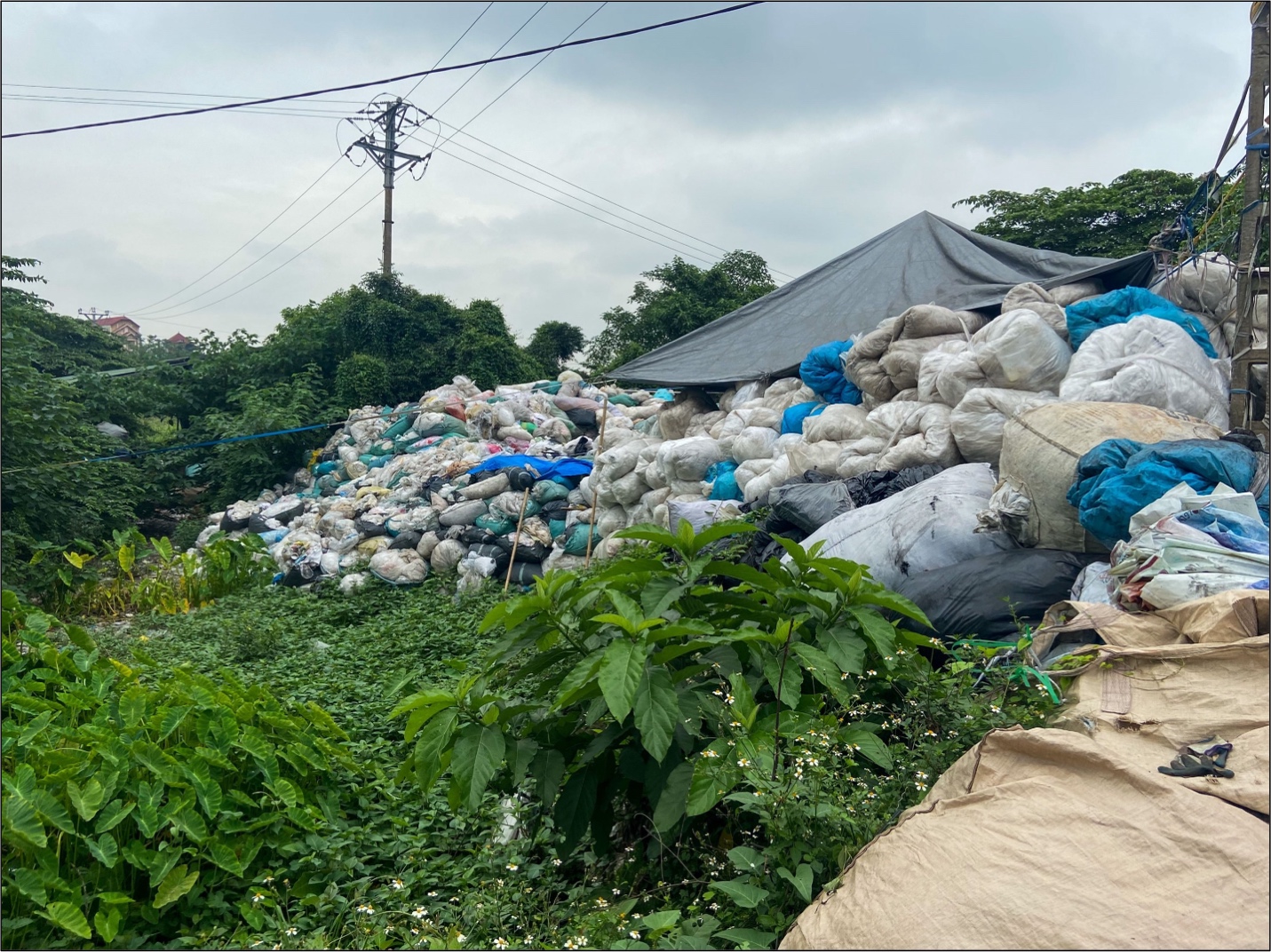
Reining in plastic waste
Experts interviewed for this story agree that plastic burning by communities, business and industry is a critical issue that should be addressed at the upcoming U.N. plastics treaty summit in Geneva from Aug. 5-14.
Number one on the treaty to-do lists of multiple experts: Nations must agree to limit plastic production and, wherever possible, ban the worst toxic components.
“We need some sort of way of tackling production — especially … of these plastics that are particularly pernicious when burned,” Pathak says. She identifies polyvinyl chloride (PVC) and polystyrene as particularly problematic as they “pose higher risks of emitting toxicants.” Many scientists and activists say both need to be banned.
Pathak warns that the plastic waste problem can’t be solved by communities on their own. “What is happening is that they’re just being inundated with these streams of plastic that are coming in as packaging and as products,” she says. “Oftentimes they don’t have the waste management infrastructures to deal with these plastics.”
For many poorer and non-white communities this is an issue of marginalization, says Bharadwaj, with the lack of access to clean fuel sources and waste management driving the burning of plastics.
Concerningly, cleanup campaigns can sometimes worsen the problem. Pathak’s research found that plastic litter awareness drives, while tidying up communities and reducing visible pollution, can paradoxically result in increased burning. “If you don’t give communities [effective waste disposal] alternatives, you’re really placing them in this impossible situation where they have mountains of trash and they’re being told that they’re unhygienic because they’re not managing their trash,” she says.
The onus for resolving the problem must lie, at least in part, with plastic producers, says Roland Weber, an environmental consultant focused on plastic contamination, who notes that extended producer responsibility policies are urgently needed at the international level — a requirement so far missing from the U.N. plastics treaty.
Mzumara-Gawa says communities need awareness-raising campaigns to trigger a shift in mindset to reduce harmful burning of plastics in households. But governments, too, must play a leading role by putting effective waste management strategies and systems in place, she says. Though investment in such solutions is sorely lacking, the plastics treaty should not become a back-end loaded waste management agreement.
“We cannot say we will only do waste management and not tackle production while making sure that what is produced is also chemically safe,” Mzumara-Gawa says. “I hope that our negotiators can put that first before anything else.”
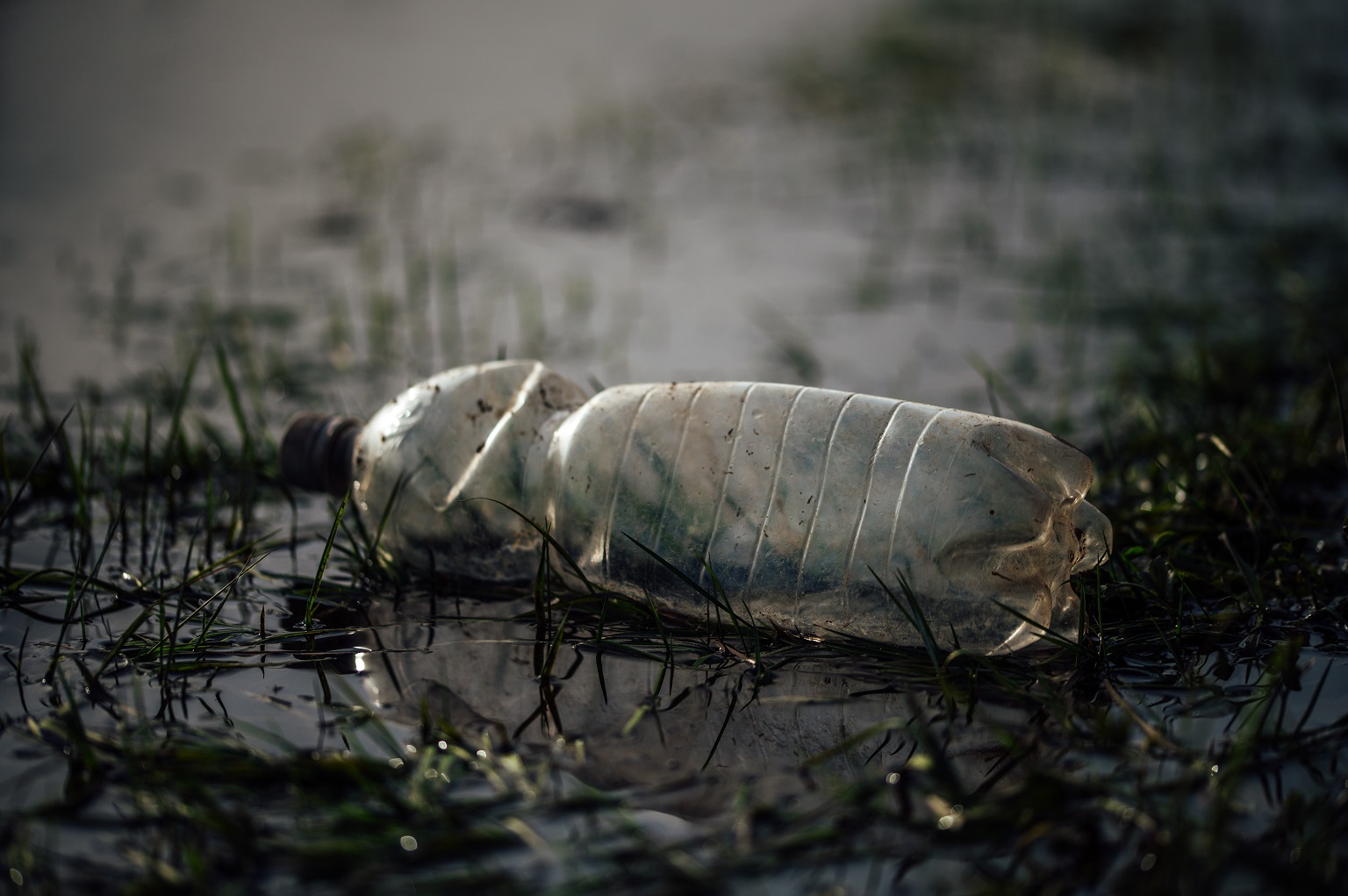
Banner image: A waste site near Mombasa, Kenya. Separating plastic waste from growing mountains of domestic trash is a huge hurdle facing the world’s communities. Image by the Stars Foundation via Flickr (CC BY-NC-ND 2.0).
Citations:
Bowyer, C., & Fletcher, S. (2025). We need a global agreement to safeguard human health from plastic pollution. BMJ, q2890. doi:10.1136/bmj.q2890
Pathak, G., Nichter, M., Hardon, A., & Moyer, E. (2024). The open burning of plastic wastes is an urgent global health issue. Annals of Global Health, 90(1), 3. doi:10.5334/aogh.4232
Pathak, G., Nichter, M., Hardon, A., Moyer, E., Latkar, A., Simbaya, J., … Love, J. (2023). Plastic pollution and the open burning of plastic wastes. Global Environmental Change, 80, 102648. doi:10.1016/j.gloenvcha.2023.102648
Cottom, J. W., Cook, E., & Velis, C. A. (2024). A local-to-global emissions inventory of macroplastic pollution. Nature, 633(8028), 101-108. doi:10.1038/s41586-024-07758-6
Thapa, K., Vermeulen, W. J., De Waal, M. M., Deutz, P., & Nguyễn, H. Q. (2024). Towards a just circular economy transition: The case of European plastic waste trade to Vietnam for recycling. Circular Economy and Sustainability, 4(2), 851-876. doi:10.1007/s43615-023-00330-w
Kearns, K. A., Naeher, L. P., McCracken, J. P., Barr, D. B., Saikawa, E., Hengstermann, M., … Thompson, L. M. (2024). Estimating personal exposures to household air pollution and plastic garbage burning among adolescent girls in Jalapa, Guatemala. Chemosphere, 348, 140705. doi:10.1016/j.chemosphere.2023.140705
Petrlik, J., Bell, L., DiGangi, J., Allo’o Allo’o, S. M., Kuepouo, G., Ochola, G. O., … Weber, R. (2022). Monitoring dioxins and PCBs in eggs as sensitive indicators for environmental pollution and global contaminated sites and recommendations for reducing and controlling releases and exposure. Emerging Contaminants, 8, 254-279. doi:10.1016/j.emcon.2022.05.001
Bardales Cruz, M., Saikawa, E., Hengstermann, M., Ramirez, A., McCracken, J. P., & Thompson, L. M. (2023). Plastic waste generation and emissions from the domestic open burning of plastic waste in Guatemala. Environmental Science: Atmospheres, 3(1), 156-167. doi:10.1039/d2ea00082b
Bharadwaj, B., Gates, T., Borthakur, M., Rose, S., Oranu, C. O., Allison, A. L., … Ashworth, P. (2025). The use of plastic as a household fuel among the urban poor in the Global South. Nature Cities, 2(4), 283-289. doi:10.1038/s44284-025-00201-5
Chen, K., Ramirez Soza, A., Lopez, M. R., Hengstermann Artiga, M., Saikawa, E., Mccracken, J. P., … Thompson, L. M. (2024). Assessment of urinary biomarkers and women’s exposure to plastic waste burning: A pilot study in rural Guatemala. ISEE Conference Abstracts, 2024(1). doi:10.1289/isee.2024.1592
FEEDBACK: Use this form to send a message to the author of this post. If you want to post a public comment, you can do that at the bottom of the page.
The world’s children suffer brunt of wildfire smoke health impacts


